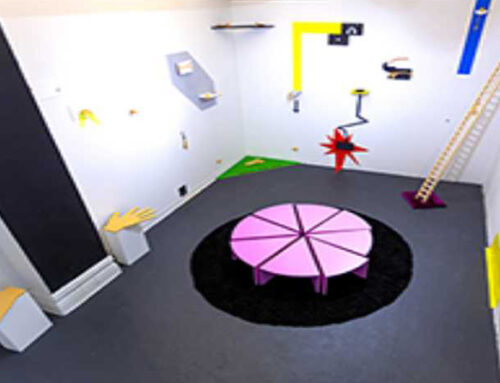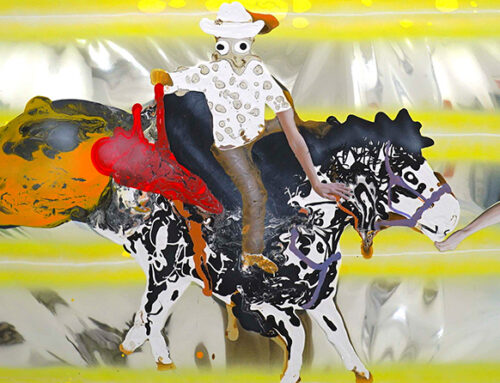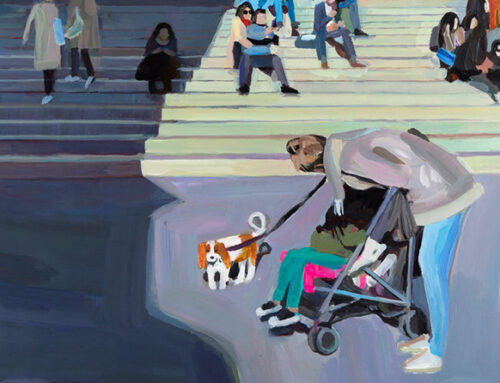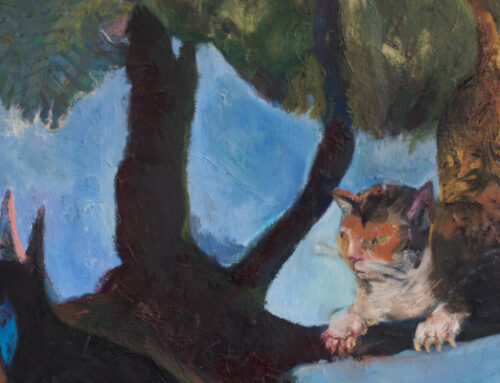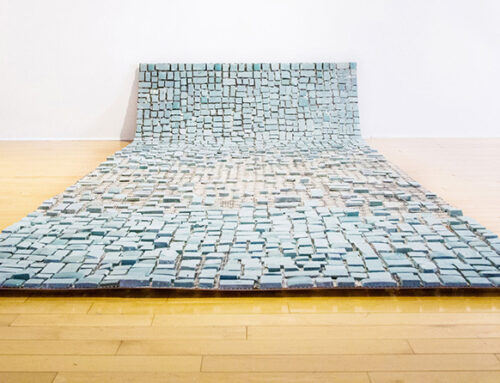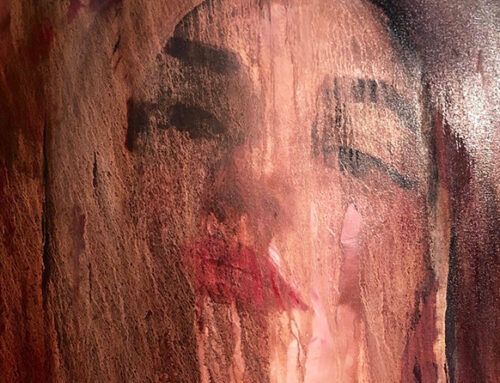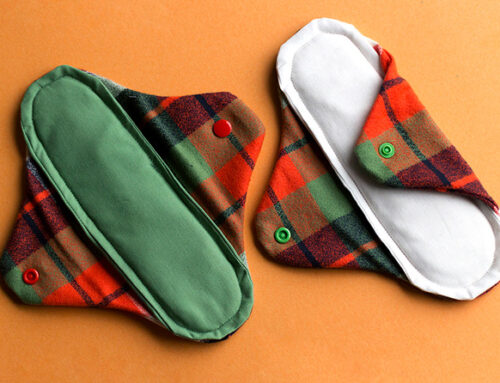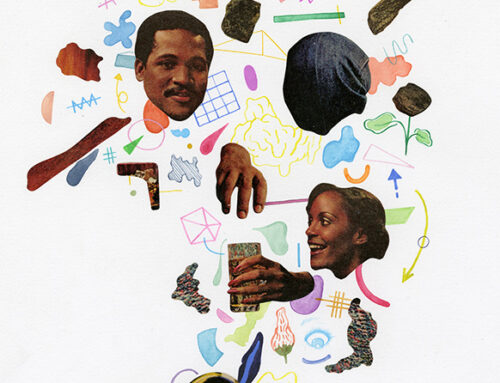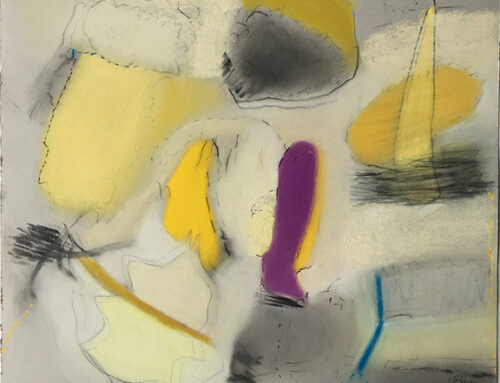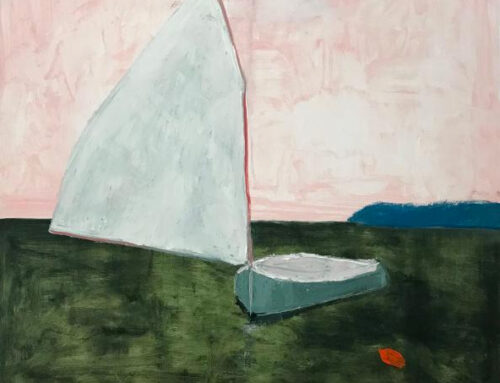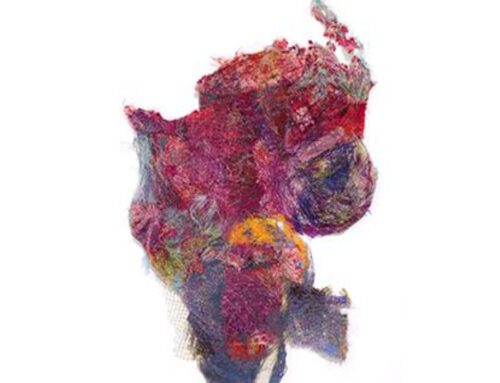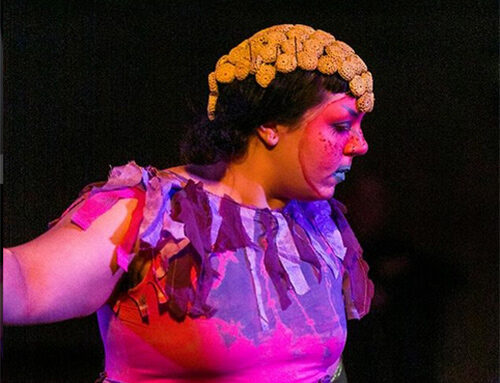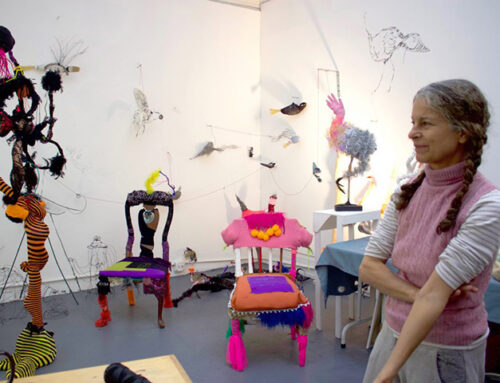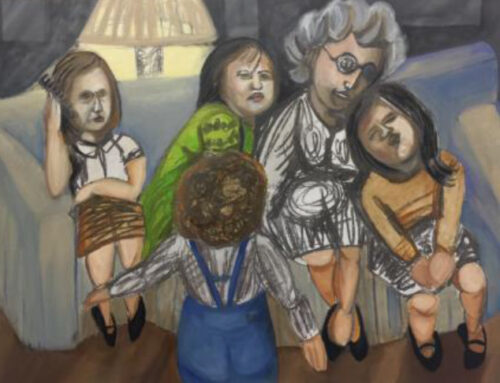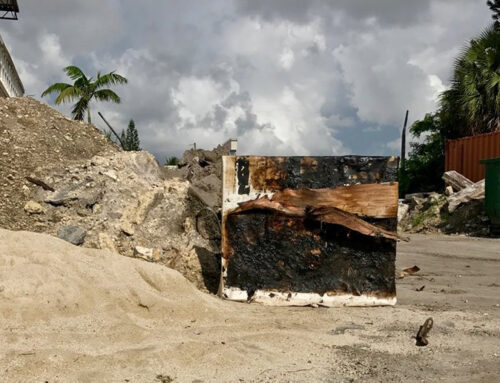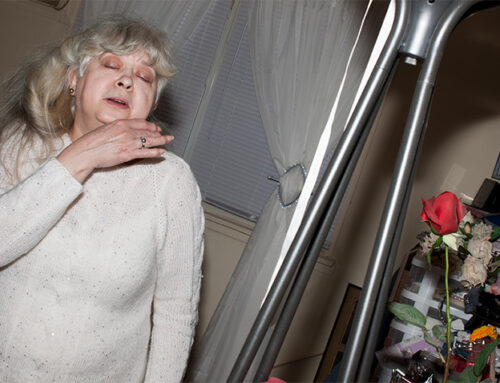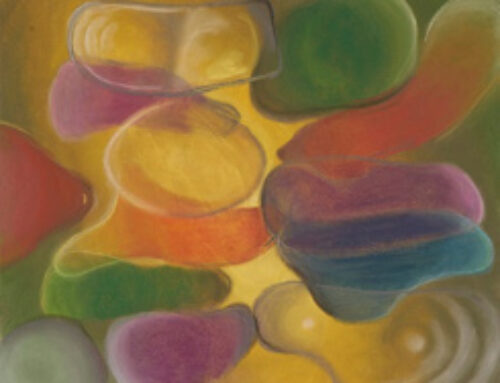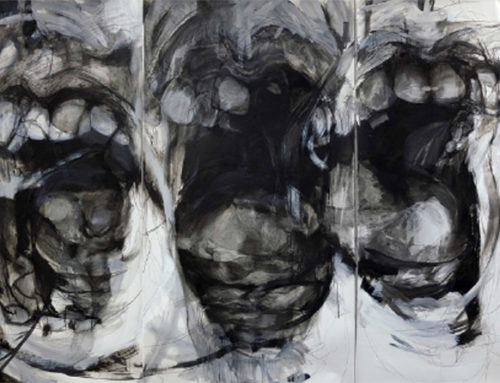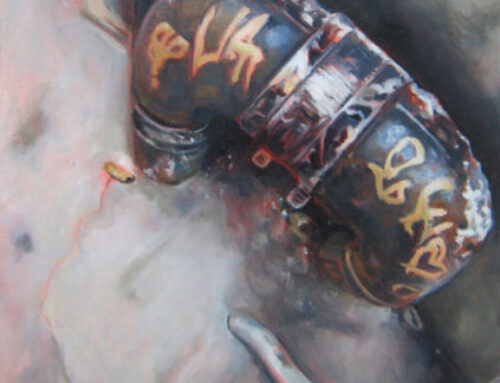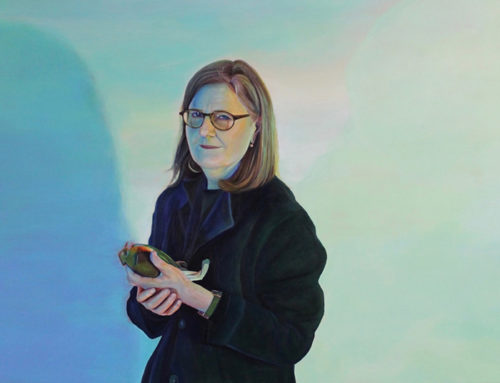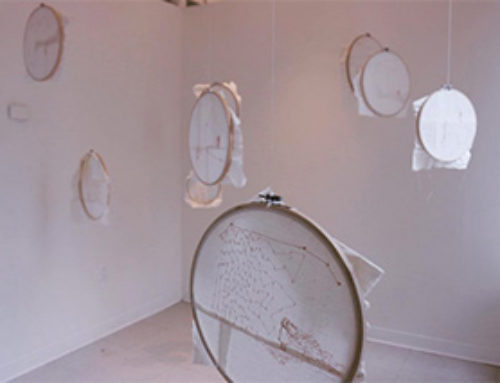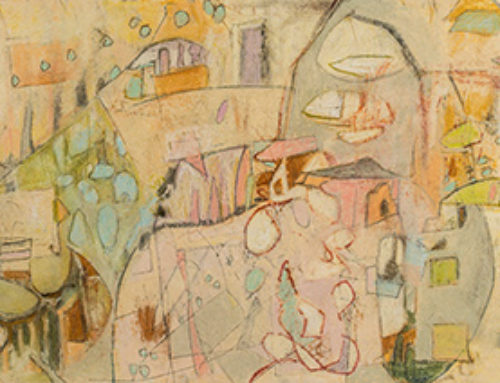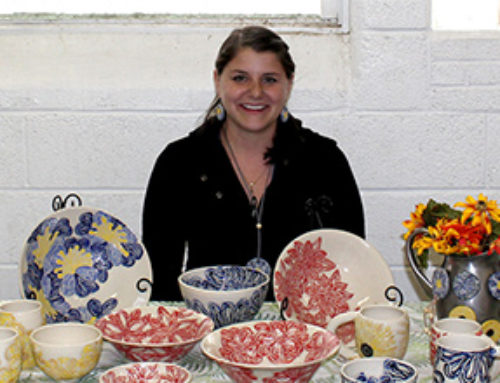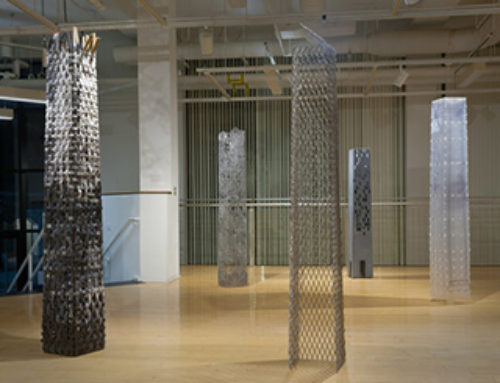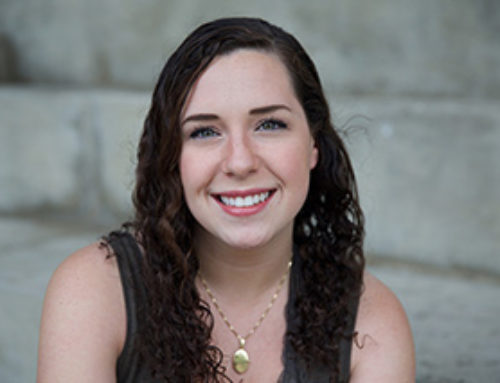
Untitled (I bet burning alive would be beautiful – series)
printed fabric
30 x 40 in.

Untitled (I bet burning alive would be beautiful – series)
printed fabric
11 x 17 in.

Untitled (I bet burning alive would be beautiful – series)
printed fabric
30 x 40 in.
KERI HALLORAN | INTERVIEW QUESTIONS
Q. How did your passion for art begin taking shape for you—at home, school, a mentor, and other artists who inspired you or a personal experience that started the fermenting process?
A. My passion for creating started with my mother. She was constantly crafting, whether it was crocheting or making her own holiday decorations. She taught me the value of creating something for yourself and being proud of that. My art teachers during my childhood were very discouraging despite my passion for making. I was told my creativity was not following the rules of the assignment or fit what they wanted from me. Despite this I kept making, even selling puff ball creatures on the bus for ice cream money. When I first saw Dorothea Lange’s photograph Migrant Mother in high school, I knew I wanted to do what she had done. I wanted to make people feel something, to push something through from my mind to an others. It has been a journey to where I am now.
Q. How would you describe your artwork, in terms of materials or mediums? Has it changed or evolved since formal training and what are your goals for it?
A. I would describe my art as visual sensations and notions. I consider it photography even though it strays from photo reality. I still focus on photo-technical processes. I fell in love with film and the slow precise process. It has taught me how to treat an image. The process of a photographic image is what separates it from other mediums. I now can push and experiment with an analog process as well as digital. Over the years my work has become more abstract and conceptual but always strays back to the concept of self. Most of my work, past and present, has been rooted in the idea of self and my own state within space. My goals have never changed that much. I still hope to make people think. I aim to open the viewers mind to new thoughts and imagery. I want them to contact with it.
Q. How important is a personal style to you as an artist or does your work reflect larger social and cultural issues?
A. Many people have been shocked as my style varies from project to project. Professionals say I will settle on a style eventually. I do not believe this is necessary. The human mind is constantly changing and evolving, so why can’t my work. I am young and have so much to experiment with. Since my generation has access to more information than any other generation we have so much more to consider and absorb. I consider my work to be feminist, just as most of my generation. I do not mean it reflects an image of a vagina or the female symbol but it offers a female perspective that is sadly not seen enough in this world. Just by stating my own voice in the majority male photographic world is feminist enough.
Q. Has being a woman affected your work and others’ perception of it? How do you feel about being part of a woman’s art organization?
A. Being a woman in photography is extremely important to me. The context that surrounds our work is different than the contexts put on men. Our work is often sexualized and removed from our intended ideals to have other placed on them. During schooling, the male’s work was looked at much differently and critiqued under a different light. Being a part of a women’s art association is extremely important to me. Our voices and our minds are no less important than those many men who dominate galleries and museums. Art is often a reflection of the culture and society. If we can push our voices through into that reflection, the hope is to open up how society thinks of us.



